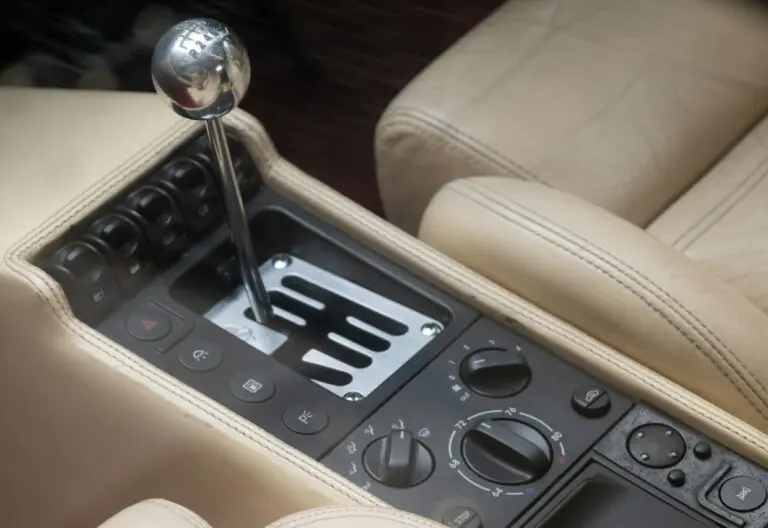Refilling your transmission fluid is an important step in maintaining the health of your vehicle. The transmission is responsible for transferring power from the engine to the wheels, and without the proper amount of fluid, it can become damaged and lead to costly repairs. In this guide, we will walk you through the process of refilling your transmission fluid, including the tools and materials you will need, and the steps you should take to ensure a safe and successful process.
Purpose of Transmission Fluid
Transmission fluid serves a number of important functions in your vehicle. It acts as a lubricant for the transmission’s moving parts, which helps to reduce friction and wear. It also helps to cool the transmission by dissipating heat, and it helps to clean the transmission by preventing the build-up of dirt and debris. Additionally, transmission fluid helps to seal the transmission, which helps to prevent leaks.
Why is it Important?
It is important to maintain the proper level of transmission fluid to ensure that your transmission is running at its best. If the fluid becomes too low, the transmission can become damaged or even fail completely. Additionally, if the fluid becomes dirty or contaminated, it can lead to slippage or even transmission failure. Regularly checking and refilling your transmission fluid can help to prolong the life of your transmission and save you from costly repairs.
Benefits of Refilling Transmission Fluid
Refilling your transmission fluid has a number of benefits for your vehicle. These include:
- Prolonging the life of your transmission
- Improving the transmission’s performance
- Reducing the risk of transmission failure
- Helping to prevent leaks
- Improving fuel efficiency
Tools and Materials
To refill your transmission fluid, you will need a few tools and materials. These include:
- Transmission fluid
- A funnel
- A pan or container to catch any spills
- A dipstick or a fluid level gauge
Step by Step Guide
- First, locate the transmission fluid dipstick or fluid level gauge. This is usually located near the transmission itself, and may be labeled as such.
- Next, remove the dipstick or gauge and wipe it clean with a rag.
- Reinsert the dipstick or gauge and pull it out again to check the fluid level. If the fluid level is low, proceed to the next step.
- Place a pan or container under the transmission to catch any spills.
- Carefully remove the transmission fluid fill plug, which is usually located near the bottom of the transmission.
- Using a funnel, carefully pour the transmission fluid into the transmission until the fluid level reaches the full mark on the dipstick or gauge.
- Replace the transmission fluid fill plug and tighten it securely.
- Start the engine and let it run for a few minutes to help distribute the new fluid throughout the transmission.
- Recheck the fluid level and add more if necessary.
Precautions
- Always consult your vehicle’s owner’s manual for specific information on the type of transmission fluid your vehicle requires and the proper procedure for checking and refilling the fluid.
- Make sure the engine is turned off and the vehicle is in “park” before you begin.
- Always wear gloves, eye protection and proper attire to protect yourself from spills and splashes.
- Before you start, be sure to have a pan or container to catch any spills or leaks.
- Be careful not to overfill the transmission with fluid, as this can lead to leaks or damage to the transmission.
In conclusion
Refilling your transmission fluid is an important step in maintaining the health of your vehicle. It is important to maintain the proper level of fluid to ensure that your transmission is running at its best and to prevent costly repairs. By following the steps outlined in this guide, you can safely and easily refill your transmission fluid, and enjoy the many benefits that come with it. Remember to always consult your vehicle’s owner’s manual for specific information and to take the necessary precautions to protect yourself and your vehicle during the process. With regular maintenance and care, you can help ensure that your transmission will continue to run smoothly for many miles to come.



















